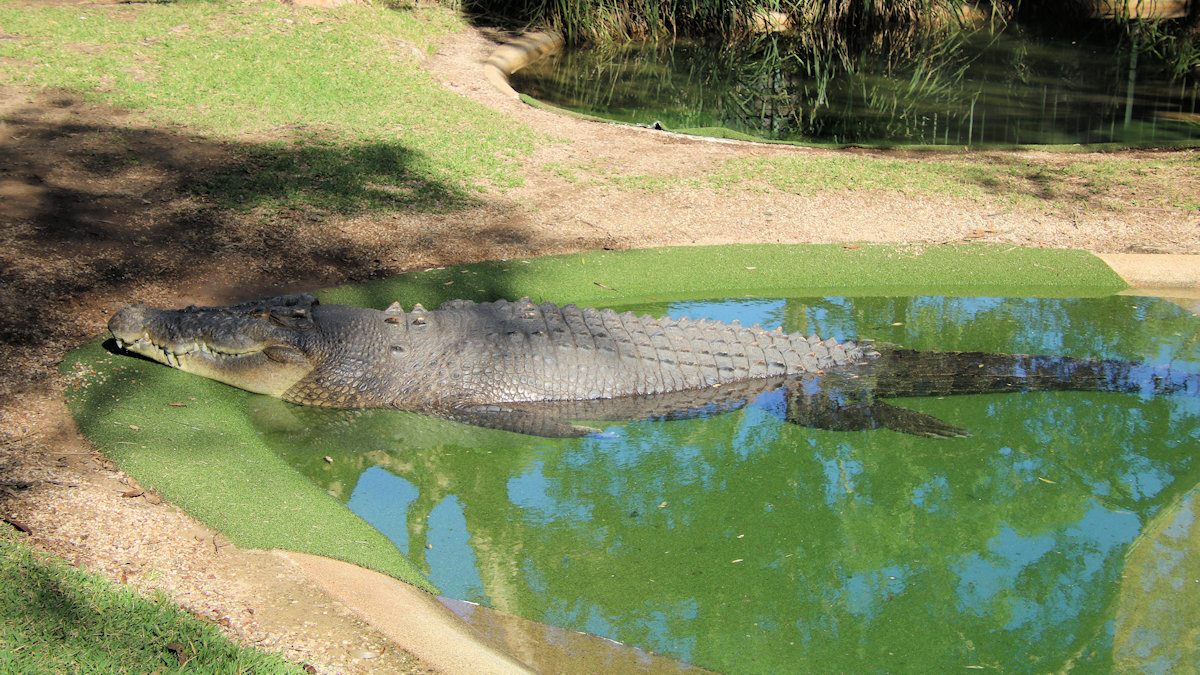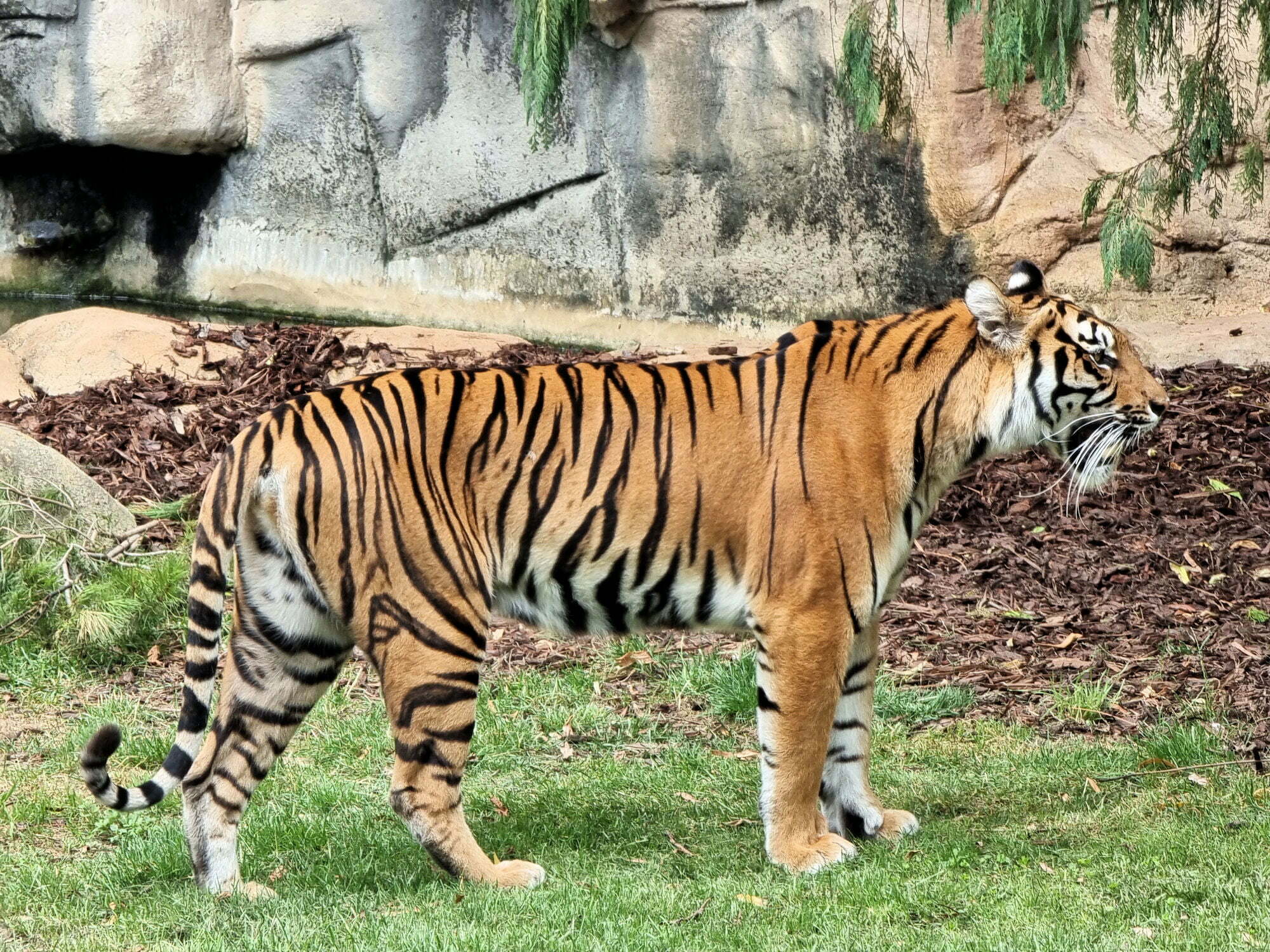Tag: wildlife
-
Australian Reptile Park

Australian Reptile Park Located just over an hour’s drive north of Sydney on the NSW Central Coast, the Australian Wildlife Park is an excellent place to see some of Australia’s deadly wildlife. If you want to get up close with deadly snakes, spiders and crocodiles, this is the place for you. Getting There Located not… Read more
-
National Zoo and Aquarium

National Zoo and Aquarium Modern and spacious, the National Zoo and Aquarium in Canberra houses animals from around the world, but also includes many from Australia. Getting There and Parking Located a short 15-minute car ride from the centre of Canberra, it’s easy to get to. Plenty of on-site parking allows easy access for cars.… Read more
-
Bruny Island Wilderness Cruise

Bruny Island Wilderness Cruise How to Get There The Bruny Island Wilderness Cruise leaves from Adventure Bay on Bruny Island. On arrival, park your car in the large carpark and make your way to the large building, where you check in and wait for the tour to start. From here, the guides will walk you… Read more